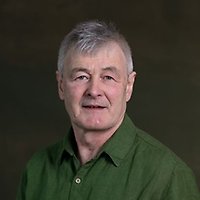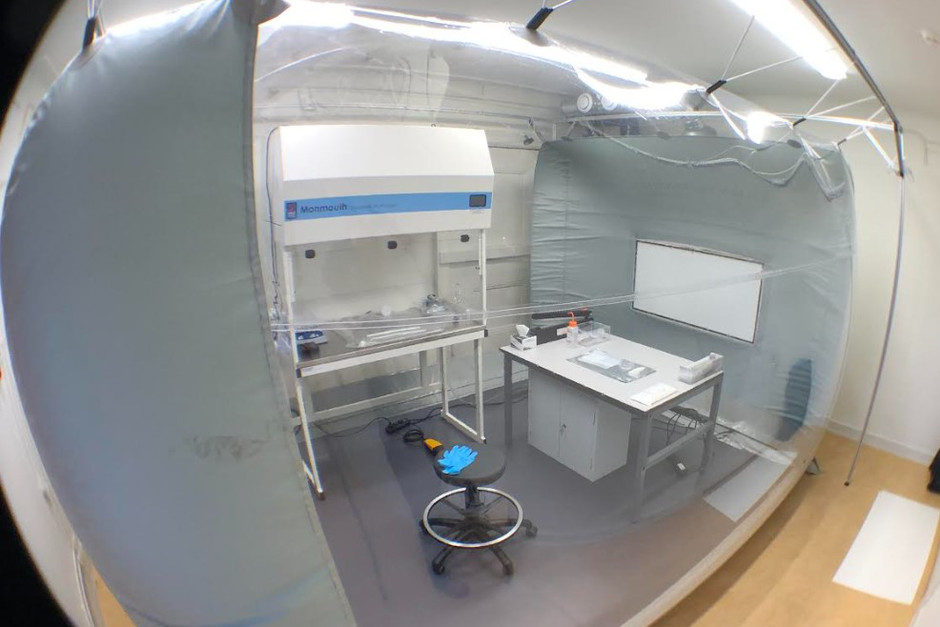Forskningsområden: Geovetenskap
Forskningsämnen: Kärnfysik och säkerhet, SIMS
Project overview
Project period: 2020 – present
Participating departments from the museum: Department of Geosciences, GEO
Uranium particles separated from the collected dust samples are an important target for in-situ analysis to identify uranium materials, such as their enrichment level, age, and composition, and to track their origin and history. Due to the small size of U particles, typically a few um or less, LG-SIMS has been effectively employed to analyse them for both major and minor isotopes with a great sensitivity. It is important to develop SIMS methods that can extract as much information as possible from U particles more efficiently.
Project description
The analysis of swipe samples taken during inspections of nuclear facilities in member states forms a key part of the International Atomic Energy Agency’s (IAEA) verification that activities are being conducted within declared enrichment limits. In the last two decades, high-sensitivity, high-transmission Secondary Ion Mass Spectrometry (SIMS) has become the preferred method for single particle analysis, with large-geometry (LG-) SIMS particularly powerful given their high mass resolution and capability for simultaneous, and hence more efficient and precise, determination of U isotopes. In addition to fingerprinting nuclear activities using the U-isotope composition of particles from swipe samples, the possibility of dating the time of enrichment of U via the 234U-230Th chronometer adds further crucial provenance information to the verification process.
The proposed project aims to establish efficient and comprehensive safeguards analytical strategies. Building on earlier studies, we are developing improved methods to measure U isotopic compositions and U-purification age of U particles with collaboration with IAEA and Swedish Radiation Safety Authority (SSM).
Funding
Strålsäkerhetsmyndigheten (SSM, Swedish Radiation Safety Authority)
Selected publications
Ranebo, Y., Hedberg, P.M.L., Whitehouse, M.J., Ingeneri, K. & Littmann, S. (2009), Improved isotopic SIMS measurements of uranium particles for nuclear safeguard purposes, Journal of Atomic and Analytical Spectrometry 24, 277-287. https://doi.org/10.1039/B810474C External link.
External link.
Bellucci, J.J., Whitehouse, M.J., Aleshin, M. & Eriksson, M. (2019). Simultaneous Pu and U isotope nuclear forensics on an environmentally recovered hot particle. Analytical Chemistry 91, 5599-5604. https://doi.org/10.1021/acs.analchem.8b04809 External link.
External link.
Project participants
External participants
- The International Atomic Energy Agency (IAEA), Vienna, Austria, https://www.iaea.org
 External link.
External link. - Strålsäkerhetsmyndigheten (SSM, Swedish Radiation Safety Authority), Stockholm, Sweden, https://www.stralsakerhetsmyndigheten.se/
 External link.
External link. - Linköping University, Linköping, Sweden, https://liu.se/
 External link.
External link.
Project manager

Project member


